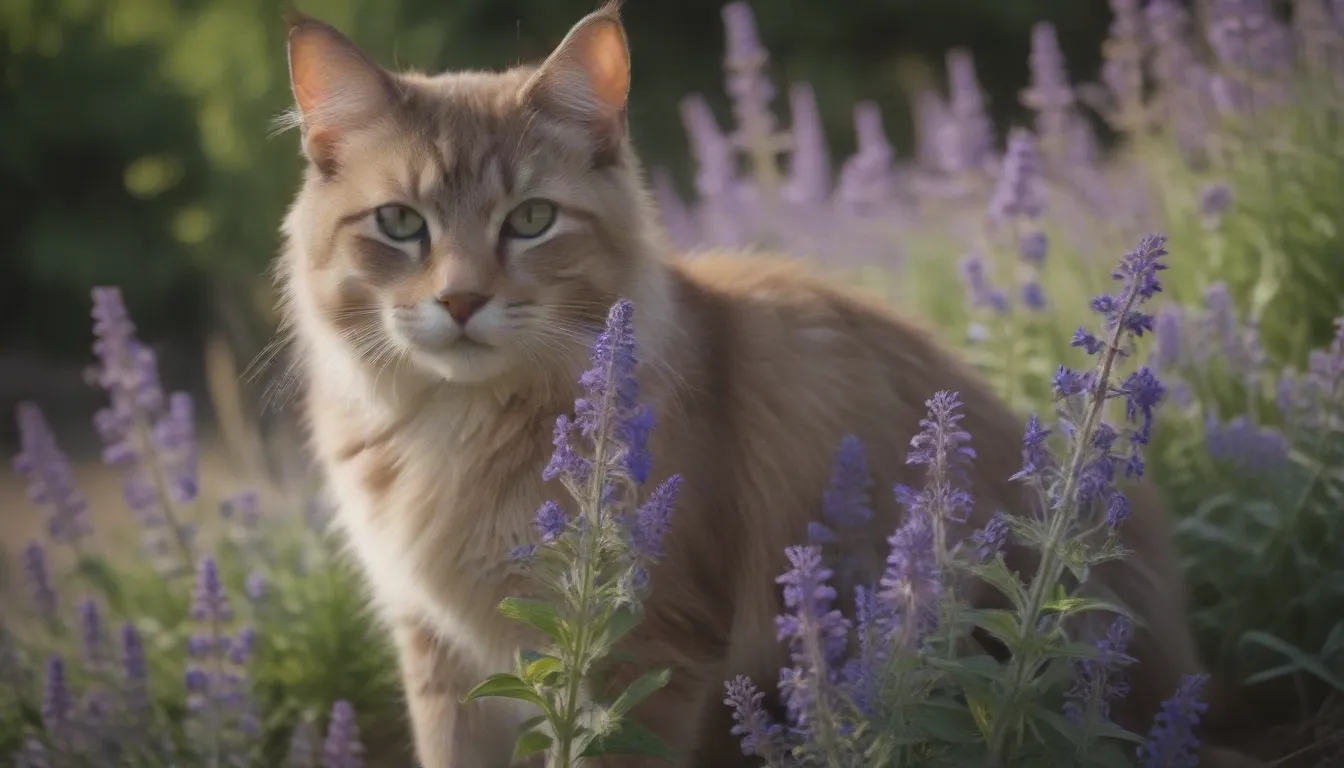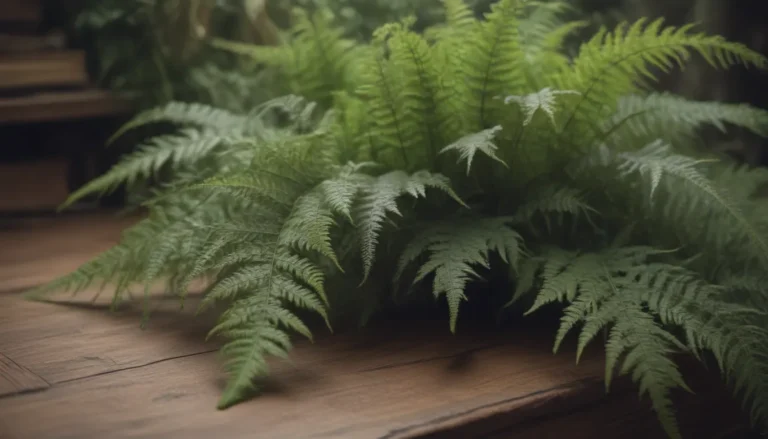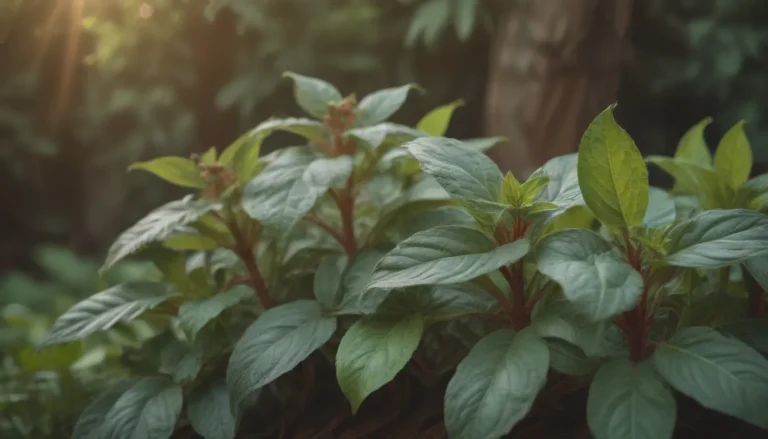A Comprehensive Guide on Growing and Caring for Catmint

Are you looking to add some beautiful, fragrant plants to your garden that are easy to grow and maintain? Look no further than catmint (Nepeta)! This perennial herb, a member of the mint family, is a versatile and lovely addition to any landscape. In this in-depth guide, we will cover everything you need to know about growing and caring for catmint, from planting to propagation, and everything in between.
What is Catmint?
Catmint, also known as Nepeta, is a genus of perennial herbs that includes catnip (Nepeta cataria). These plants are known for their aromatic gray-green foliage and delicate, lacy appearance. With spikes of flowers in white, pink, or lavender-blue, catmint adds a pop of color to your garden. Most catmint varieties have a somewhat sprawling growth habit, making them ideal for edging planting areas or running along paths. They are also deer-resistant, making them a great choice for landscapes prone to deer browsing.
Catmint Care
Catmint is a low-maintenance plant that thrives on neglect. Here are some tips for caring for your catmint plants:
Light
Plant your catmint in full sun for the best flowering results, although they can also tolerate partial shade.
Soil
Catmint prefers humus-rich, well-draining soil but can adapt to a wide range of soil types, including dry clay and sandy soil. They are not fussy about soil pH.
Water
First-year plants need frequent watering until they are established. After that, catmints are drought-tolerant and require little watering.
Temperature and Humidity
Catmints prefer cool temperatures and may benefit from afternoon shade in warm climates. They are not tolerant of high heat and humidity.
Fertilizer
Catmint is not a heavy feeder. A handful of compost in the fall for the first year is sufficient, and no further fertilization is needed in subsequent years.
Catmint Varieties
- Nepeta x faassenii’Six Hills Giant’
- Nepeta subsessilis‘Sweet Dreams’
- Nepeta racemosa‘Walker’s Low’
Propagating Catmint
Catmint plants can be easily propagated through division or cuttings. They respond well to both methods and will continue to grow and bloom well for years.
Growing Catmint From Seeds
If you prefer to grow catmint from seed, make sure to choose a non-hybrid variety or purchase seeds from a reputable source.
Potting and Repotting
Catmint grows well in containers and can be a good option to prevent the plant from spreading. Regular watering is essential for container-grown catmint.
Overwintering
Catmint is hardy in USDA zones 4 to 9, but if you grow it in containers in cooler climates, overwintering may be necessary to protect the roots from freezing temperatures.
Common Problems with Catmint
Catmint is a low-maintenance plant that is rarely bothered by pests or diseases. This makes it a popular choice among gardeners looking for a hassle-free addition to their landscapes.
Why Grow Catmint?
Catmint is not only easy to grow and care for, but it also has numerous uses in the garden. Here are some reasons why you should consider adding catmint to your landscape:
- Companion Planting: Catmint is a classic choice for planting under roses, where its pale colors complement most rose varieties.
- Edging Plant: Catmint’s soft, frilly foliage is perfect for edging, softening hard lines in the garden.
- Contrast Plant: Catmint provides a beautiful contrast to spiky plants like iris and yucca, adding interest to the landscape.
- Color Pairing: The pastel blues of catmint flowers pair well with pink and yellow flowers, creating a stunning color combination in the garden.
In conclusion, catmint is a versatile, easy-to-grow plant that adds beauty and fragrance to any garden. Whether you’re a seasoned gardener or just starting out, catmint is a great choice for a low-maintenance, high-impact addition to your landscape. So why not give catmint a try in your garden and enjoy the beauty and benefits it brings!





